
11+ School Counselor Lesson Plan Templates in PDF | Word
Empowering the youth to become the best can be such a fulfilling task to accomplish. But, school counselors proved that…
Feb 07, 2020
At least forty percent of what makes up the world economy and about eighty percent of the less fortunate basic needs comes from our natural or biological resources, which, from the look of things, and discussions about climate change and its effects on nature, isn’t looking good and hasn’t look good for the past decades.

 sheffield.ac.uk
sheffield.ac.uk glasgow.gov.uk
glasgow.gov.ukFurthermore, the richer the diversity of life is, the greater the possibilities are for economic growth, discoveries in science and medicine and we would also have adequate and realistic answers to the growing concerns in climate change. With that said, it is important to know just how much a functioning society depends on biodiversity and life as a whole.
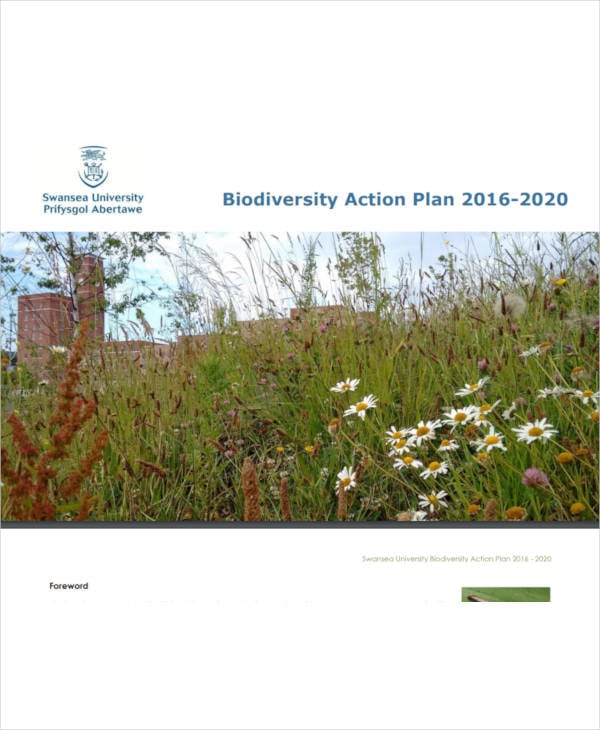 .swansea.ac.uk
.swansea.ac.uk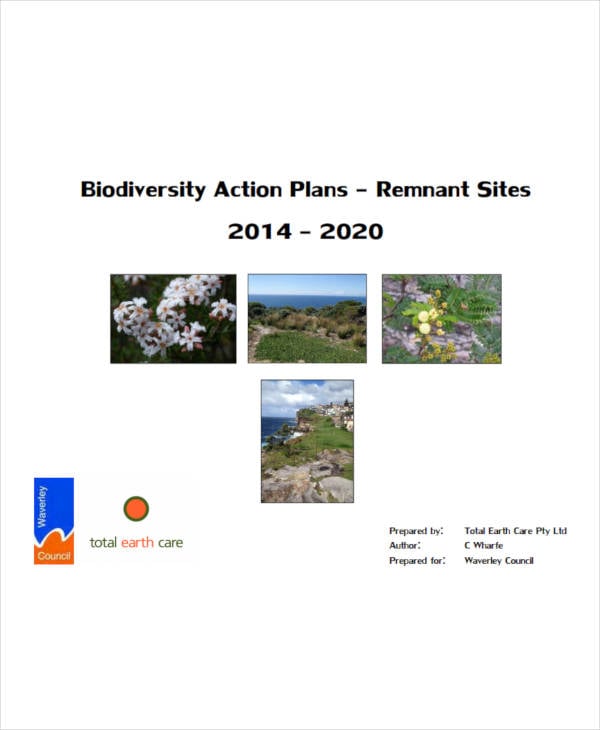 waverley.nsw.gov.au
waverley.nsw.gov.au towerhamlets.gov.uk
towerhamlets.gov.uk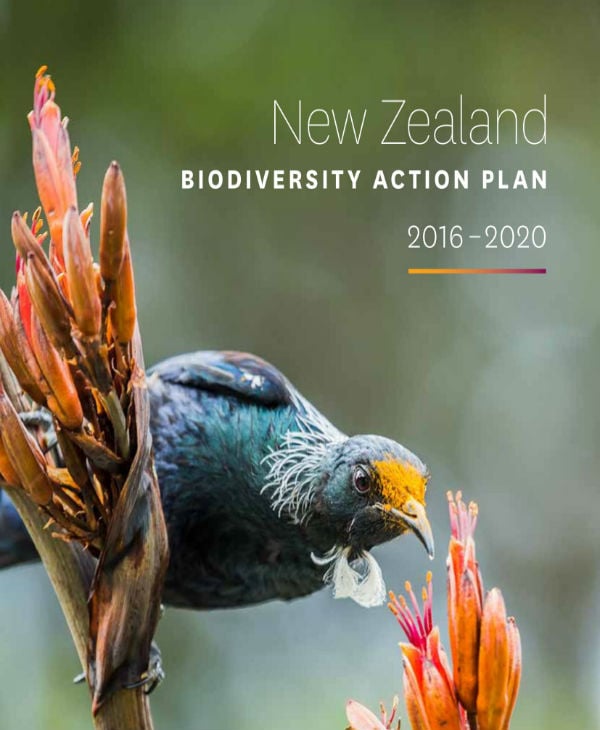 doc.govt.nz
doc.govt.nz cbd.int
cbd.int fundacionglobalnature.org
fundacionglobalnature.orgLife on earth, its interdependence, and its biological diversity is often referred to as biodiversity. The amount of species of living organisms; plants animals and microorganisms, the vast and rich diversity of such species, the various ecosystems on planet earth such as our coral reefs, deserts and rainforests, all make up a biologically diverse Earth.
The International Union for Conservation of Nature defines Biodiversity as “the variability among living organisms from all sources including terrestrial, marine and other aquatic ecosystems, and the ecological complexes of which they are part; this includes diversity within species, between species, and of ecosystems.” It is therefore foundation of life on Earth.
Proper conservation of our species, especially the ones that are threatened to be endangered and strategies attempted for sustainable development recognizes that preserving biodiversity even in a fast growing global economy is an integral approach. Cultures have branched out from our biological diversity in some way or form, so that it’s our responsibility to keep it that way and at present, biodiversity is declining which makes it a major concern for everybody.
We often hear economists talk of the market’s rise and fall, especially when they refer to prices, which is important to capitalism because of the ability of prices to show when a certain resource is running short. Such times would call for mobilization of various markets to immediately address the issue by finding ways to decrease costs. Resources are deemed to have an infinite supply as a result. For example, if energy and power prices are raised, businesses will try to look for ways to save costs themselves and it is in these situations that alternatives play a big part as well as existing resources to last much longer since they are being conserved and used more efficiently. Therefore, resources running scarce should then be averted.
Debates have sparked over prices not really reflecting the full cost of resources so it’s either the signal is not accurate or that it comes too late. There’s also an implication from the signal in prices that the poorest are usually the ones ending up paying the heaviest costs. For example, if a region thriving on its fishing industry and its fishing becomes too commercialized, fish in the area would be harder to catch and therefore more expensive. It’s possible that their ecosystem is given time to recover although that’s not something you can depend on. And while commercial institutions could still continue to exploit the same resources in a different location, local fishermen will likely end up losing their business and the poorest of them will become more destitute. It thus prove further that the absence of a biodiversity plan would have damaging impact on different local, social, political, and economic issues.
A biodiversity action plan or BAP recognized internationally as a program designed to address the species that are threatened to be endangered including their habitats and is aimed for the protection and restoration of biological or ecological systems. These plans were originally taken from the 1992 Convention on Biological Diversity (CBD).
As of 2006, 188 countries have ratified the CBD even though only a fraction were able to create substantive BAP records. The principles of developing a biodiversity action plan usually includes the following:
Businesses can have a significant impact on the conservation of biodiversity but in order to fully drive the conservation of resources, it must take a stand and be allowed to assume a constructive role in developing and implementing sustainable policies and solutions with the government.
Less than forty years from now, the world we live in will be very different from what we have known. The population is expected to rise to 9 billion and if you think about the implications this growth will bring, you won’t be surprised that some of today’s more forward-thinking businesses are starting to pay attention and making biodiversity a top priority in designing their business models with strategies that seeks to manage the use of resources.
The possibilities of ecosystems degradation and loss of biodiversity are crucial considerations for a business’ investment decisions and their decision-making in general, not because you would want to look good and build your reputation from a moral high ground but because companies now realize that that these are extremely important for the success of a business, especially in a society constrained with natural resource because of its inevitable greed.
So much so that government and businesses will need to work together if there’s serious hope to be had in holding off and turning the current loss of biodiversity around. These partnerships will also prove crucial to the critical condition of ecosystems and the services they provide. Effective strategic planning can form good partnerships and deliver environmental strategies and policies as well as regulations that creates a level playing field, leverage markets, set realistic goals, encourage consistency, transparency and a sense of urgency thereby also creating proper incentives for sustainability.
Having a proper plan set in place would help leverage markets and develop economic advantage for conservation would be a great influence in driving the inclusion of the value of biodiversity and ecosystems in today’s business decision-making. It would also level the playing field between companies in a specific industry who have every intention to take responsibilities in responding to the challenge and those who aren’t. But it will be unproductive if both governments and businesses won’t consider to re-examine subsidy reform.
The goal of having a biodiversity plan is to offer insight from a business perspective regarding processes and options on policies in place helping to achieve the best possible impact on biodiversity and ecosystems they use.
To make this possible, you can conduct a case study for your organization and the industry you belong in, showing how you can address loss of biodiversity and degradation of ecosystems through improved and adapted policy frameworks and strategies which often builds on existing regulations such as the setting of standards and certification and your business’ compliance to certain environmental codes.
As a member of an industry, companies must set strategies supported by an accompanying case study or analysis showing how they respond to the challenge of biodiversity following three core objectives for conservation, sustainability in line or by way of their existing business practices. But these kind of strategies and whatever planning steps your organization have been used to, you still need to step up. Spread your strategies with the aim of delivering real results in combating the loss of balance in the ecosystem or biodiversity.
This means businesses must accept that there’s a need for change in policies and even in planning. The government must also start shifting sectors and organizations off their existing subsidies if these sectors and communities comes at the cost of biodiversity and its objectives for conservation. To have plan strategically and to allow a well-informed public debate on reform, BAP documents should come in handy with the private sector with corresponding analysis for better understanding of the impact and dependency of businesses on their ecosystems.
 edmonton.ca
edmonton.ca aughty.org
aughty.org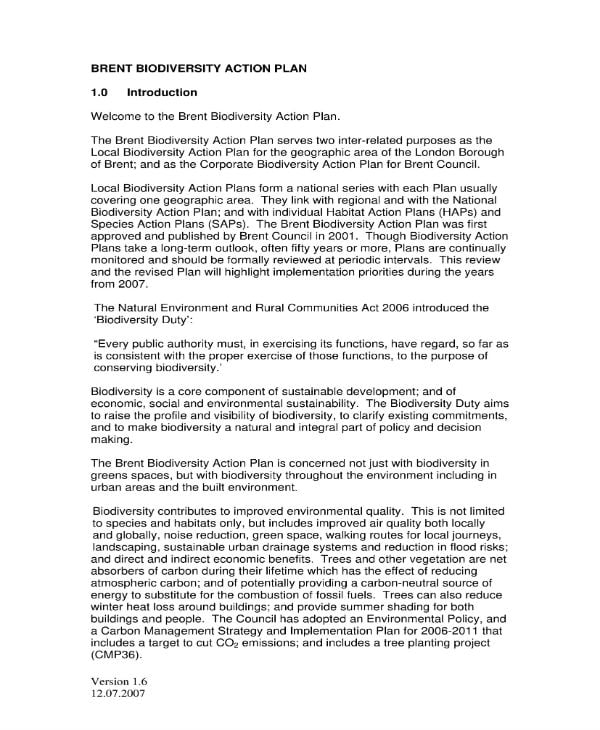 brent.gov.uk
brent.gov.uk sheffield.ac.uk
sheffield.ac.uk yorkshirewater.com
yorkshirewater.com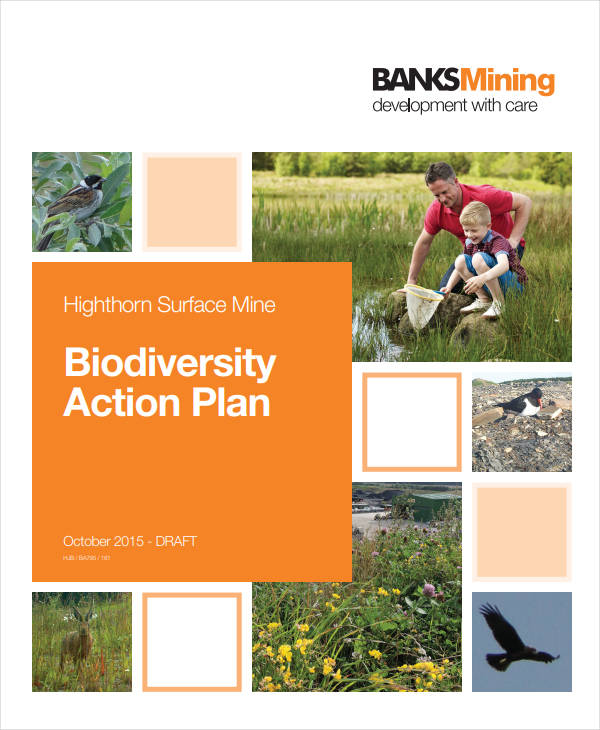 banksgroup.co.uk
banksgroup.co.uk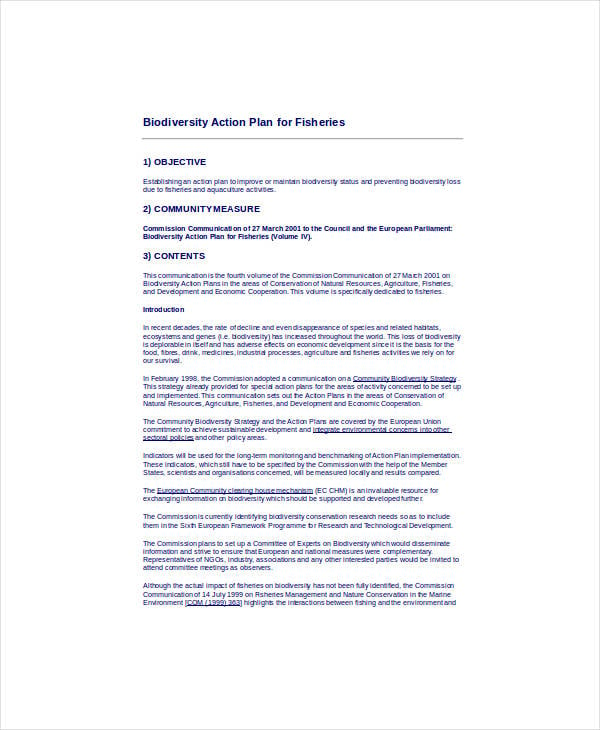 coastalheritage.ie
coastalheritage.ieThere are market efforts and mechanisms in use for addressing issues in climate change, increasing carbon emissions in a growing global economy and local ecosystems such as wetland conservation offer foundations on which to develop regional and national ecological service markets and organization of conservation plans. Meanwhile, the existing sustainable goals and accounting structures are vague and it’s difficult to trace their accountability.
Improvement on green accounting for example, will be a great help for national approaches in valuing ecosystems to move forward as well as their services in an economic standpoint, thereby ensuring that decision making in the public and private sectors around biodiversity become more tangible, efficient and intuitive, serving, though it may sound cliché, the greater good.

Empowering the youth to become the best can be such a fulfilling task to accomplish. But, school counselors proved that…

A compensation plan is the detailed plan of an employee’s wages, salaries, benefits and the terms of payment. The plan…

As there is a saying that ” with big positions comes the big responsibilities”. It is the huge duty to…

The student recruitment plan is one of the most important and essential parts of educational institutions. The strategy interacts with…

The recruitment and retention are two different terms explaining the thing that is inter-related. Recruitment is the process of identifying,…

A College Recruitment Plan is the designed plan or a strategy that is developed to recruit the employees of a…

A Recruitment Action Plan is a strategy that is designed for putting the recruiting process into action. This is the…

A recruitment business plan is one of the necessities for a company. It does not just help you to map…

Clinical trial recruitments are considered to be very essential to the success of any clinical study and it is often…